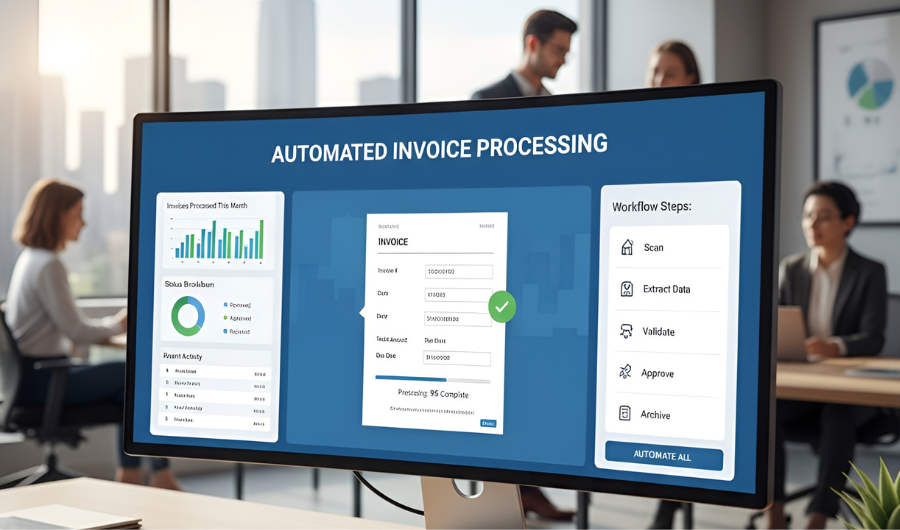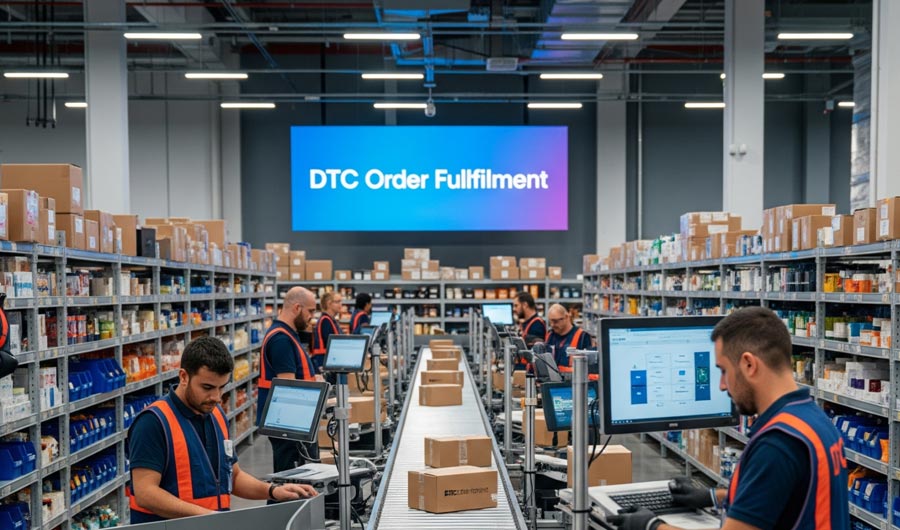
Integrating Advanced Software into Your Web Design Strategy
Web designers and developers face new challenges daily. The internet evolves, as do our website-building tools. This article explores how advanced software can enhance website creation.
New tools can simplify and improve your work. They design intuitive websites with rapid loading times. These tools are for everyone, boosting productivity, regardless of experience.
We will look at software to enhance your web design. This includes tools for responsive design, artificial intelligence, and content management.
The Importance of Advanced Software in Web Design
Before we talk about specific tools. First, let’s look at why using advanced software in web design is so important.
The internet has evolved. People opt for websites that offer swift navigation and effortless use. Advanced software helps designers and developers make websites that do all these things.
In Canada, more businesses are using new software to make their websites better. For example, immigration lawyers can use special tools to help with their work. The best immigration software Canada makes it easier for lawyers and their clients to handle complicated immigration tasks. This not only makes the website work better but also makes users happier.
Millions of websites exist. To stand out, you must use advanced software. It helps you create websites that people will remember and want to use again. This software also lets you make websites that are easy to use and feel personal to each user. People stay longer and do what you want them to do when they enjoy a website.
Key Areas for Integrating Advanced Software
Now we know why advanced software is key for web design. Let’s look at the main areas where it helps.
Many people use their phones to browse the internet. So, websites must work well on small screens. Advanced software helps make websites that look good and work well on any device, big or small. This means people have a good experience no matter what they’re using to visit your site.
These tools also help websites load faster on phones. This is important because phone internet can be slow. They do this by making files smaller and loading things only when needed.
People like websites that they can interact with. Advanced software lets designers add cool animations. The animations move when you click or hover over them. This makes websites more fun to use. Some really advanced tools even let designers add 3D graphics to websites. This can make websites look really impressive and exciting.
AI and ML are new technologies. They are changing how websites work. Chatbots quickly answer questions, keeping users on the site. They also recommend content based on a user’s preferences, making the site feel personal.
There are new ways to manage the words and pictures on a website. Some tools let you change the content without messing up how the website looks. Others make it easy to use the same content on a website, app, and other places.
These advanced tools also help websites work well with other software. This is really useful for making complex websites that use a lot of data.
Advanced Design Tools and Software
To make your website look awesome, you’ll need to use some fancy design tools and software.
Vector Graphics and Drawing Tools
These tools help you create clear pictures, regardless of size. They are perfect for making logos, icons, and other graphics for your website.
Prototyping and Wireframing Software
These are like digital sketchbooks. They help you test out your ideas before you start building the real thing. You can make interactive mock-ups of your website and work on them with your team. Some of these tools even let everyone work on the design together. This is very helpful if your team works from different places.
3D Modeling and Rendering Software
To add 3D elements to your website, you need specific tools. These tools help you create and animate 3D objects and environments. This feature enhances your website’s visual appeal. It will make it more impressive and modern.
| Software Type | Primary Function | Skill Level Required | Cost Range | Integration Complexity |
| CMS Platforms | Content Management | Beginner to Intermediate | Free to High | Low to Moderate |
| Design Tools | Visual Design | Intermediate | Low to High | Low |
| Front-End Frameworks | UI Development | Intermediate to Advanced | Free to Low | Moderate |
| Back-End Technologies | Server-Side Logic | Advanced | Free to High | High |
| Analytics Tools | Performance Tracking | Beginner to Intermediate | Free to High | Low to Moderate |
Front-End Development Tools
There are some really cool tools out there that can make building websites easier and better.
JavaScript Tools: New JavaScript tools help you make websites that change and respond. They do this without having to reload the whole page. They let you build little pieces of your website separately, which you can then use over and over. This makes it easier to handle all the complicated stuff going on behind the scenes.
CSS Tools: CSS tools give you ready-made designs you can use right away. This means you can make your website look good much faster. Some of these tools let you make custom designs quickly. Others give you a set of designs for all kinds of screens, from phones to computers.
Animation Tools: If you want to add some movement to your website, there are special tools just for that. These make it easy to create smooth animations without writing a ton of code. You can control exactly how things move, and these tools won’t slow down your website.
Backend Technologies and APIs
The things behind the scenes are important. It helps make websites that can handle lots of data and do cool things.
Picking the right technology to run your website is super important. There are modern programming languages and tools. They help you build websites that are fast and can grow as more people use them. These come with lots of ready-made pieces you can use to make building your website easier.
Choosing how to store your data is also a big deal. You can use traditional databases. They work like spreadsheets. Or, you can use newer types. They are more flexible. The best choice depends on what kind of website you’re making and what you need to do with your data.
Using APIs and breaking your website into smaller pieces can make it work better and be easier to grow. There are different ways to do this. For example, REST and GraphQL help different parts of your website talk to each other. This lets you build your website in pieces, which can make it easier to manage and improve over time.
Security and Compliance
Websites today are complex. So, it’s vital to keep them secure and follow the rules.
One of the big things you need to do is set up SSL certificates and use HTTPS. This keeps people’s information safe when they use your site. It also helps them trust you more. There are lots of companies out there that can help you set this up easily. They often offer other security stuff too, to stop bad guys from attacking your website.
If you do business worldwide, you must be careful. You must follow data protection laws. This means you need to do things like asking people if it’s okay to use cookies on your site. You also need to use strong encryption. It protects any sensitive information people give you. You need it when it’s stored on your computers and when it’s sent online.
Frequent Queries
Are advanced design tools difficult to learn?
There’s a learning curve. But, many tools offer tutorials and easy interfaces to help.
How does responsive design software improve my website?
It ensures your site looks and works well on all devices. This improves user experience and SEO.
Can integrating advanced software help with website security?
Yes, many advanced tools offer better security. They protect your site and user data.






